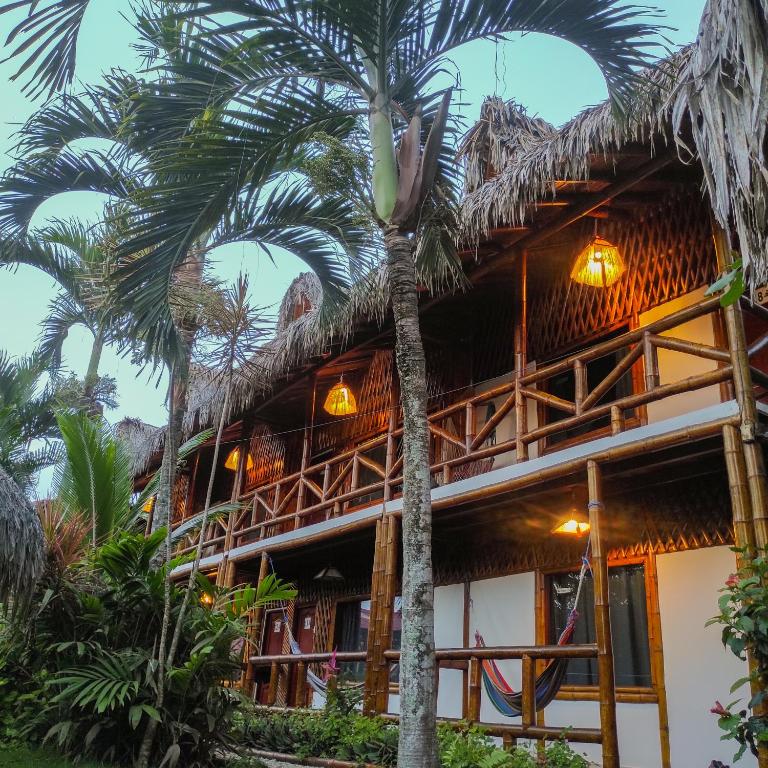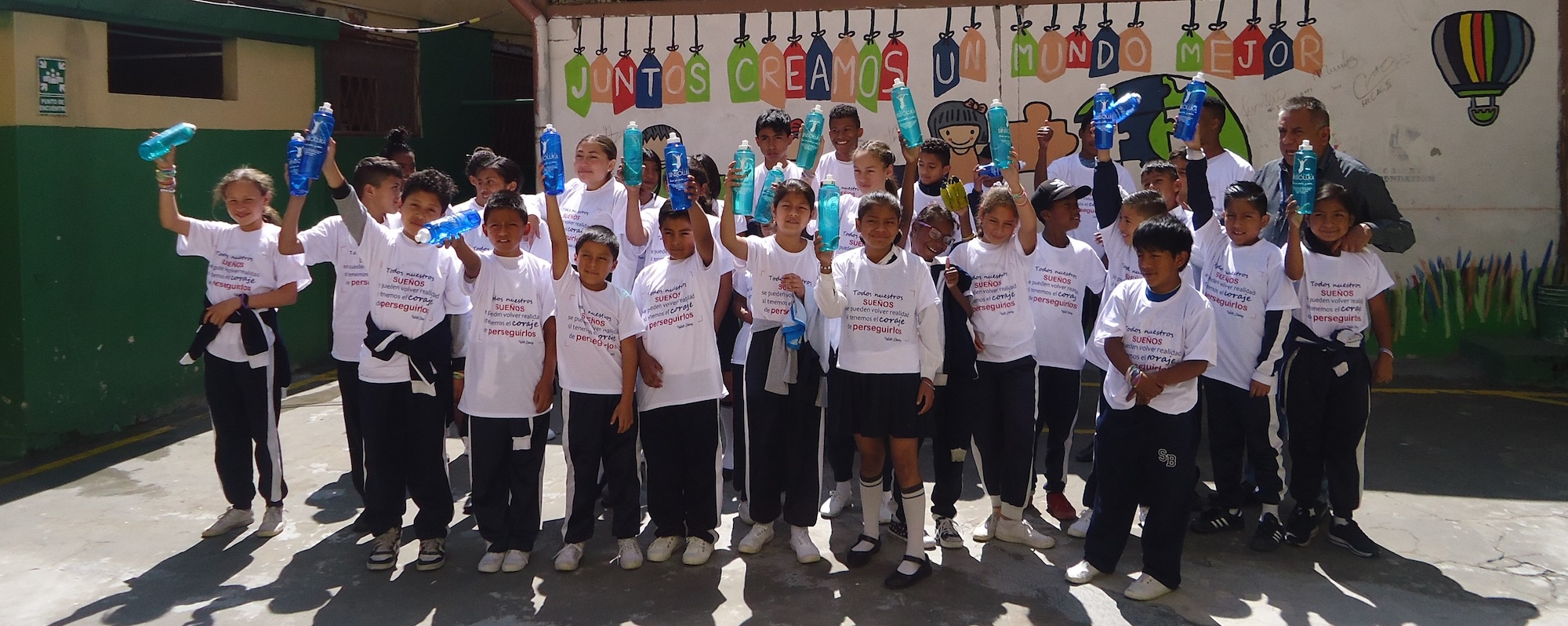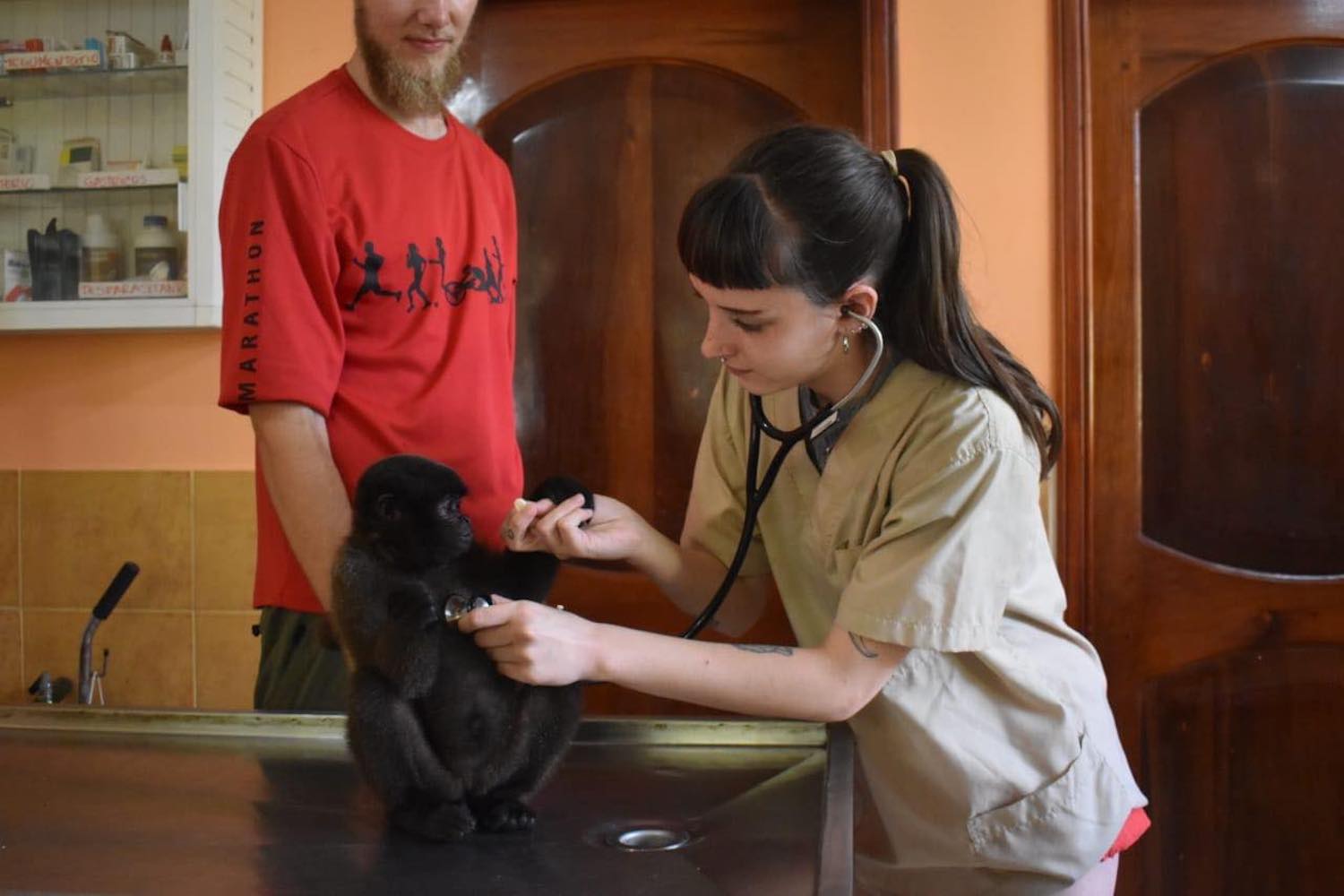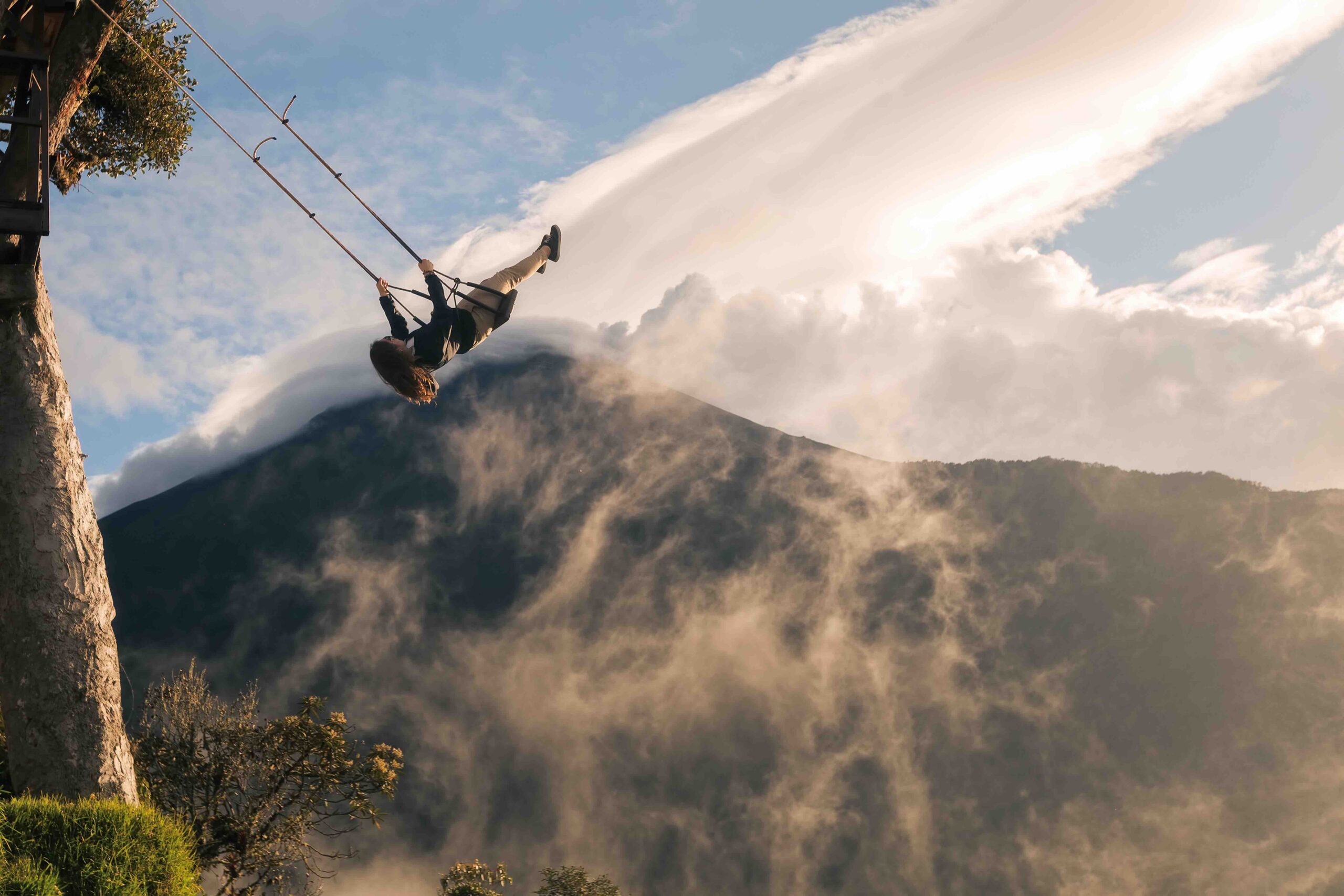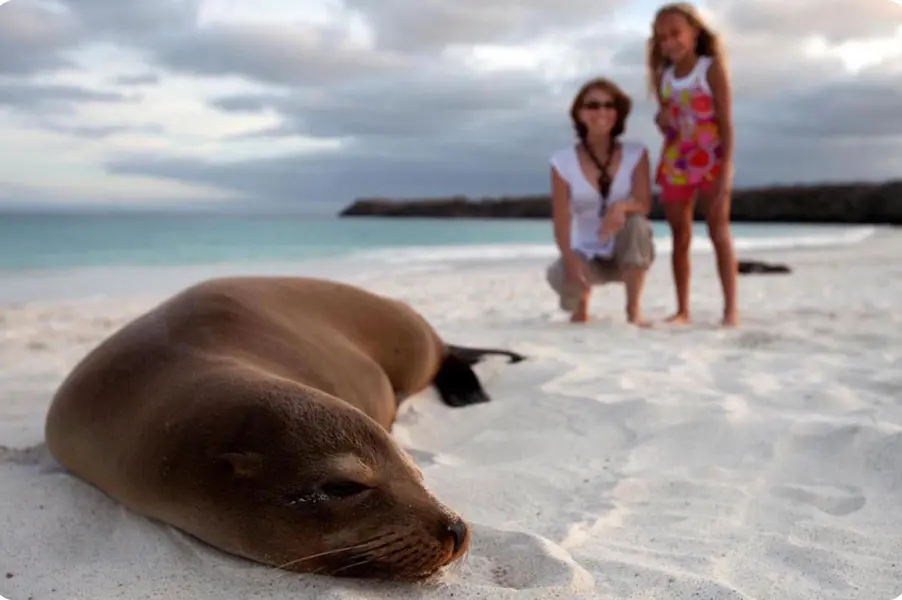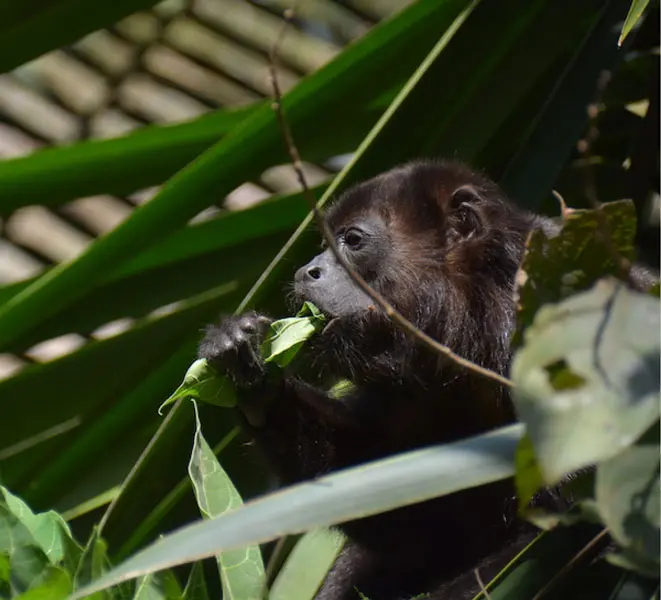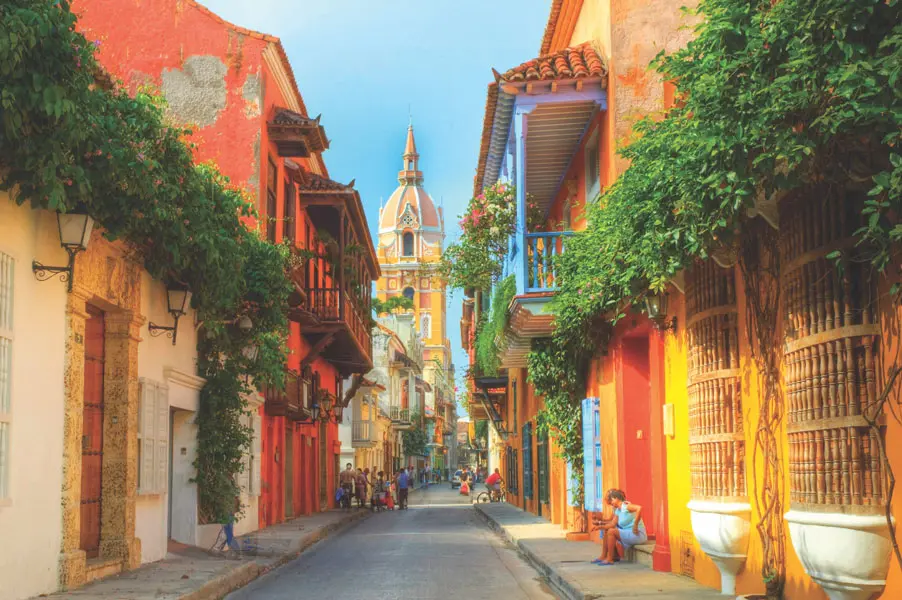encounter ecuador
Colourful Ecuador
Ecuador is a treasure trove of natural wonders and vibrant cultures, all packed into a country right on the equator. The Pacific coastline frames this paradise, offering sun-soaked beaches, the towering Andes, lush Amazon rainforests, and the stunning Galápagos Islands. Ecuador isn’t just a destination; it’s a journey through time, where ancient indigenous traditions blend with modern life.
Ecuador is more than just a country—it’s an unforgettable experience.
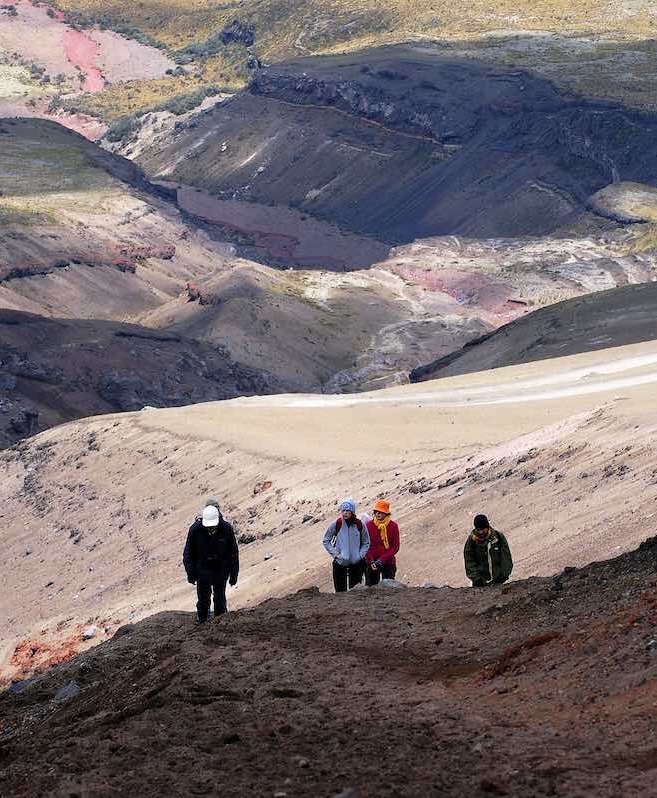

On the coast, stunning beaches invite you to dive into surf lessons or dance the night away, embracing the vibrant coastal lifestyle. And be ready to indulge—seafood here is a local treasure you won’t want to miss.
The Galapagos Islands, first discovered by accident, are now celebrated for their unique ecosystems and breathtaking landscapes. Here, you can explore islands dotted with cacti and bustling with wildlife, or dive into crystal-clear waters to swim alongside penguins, turtles, sharks, and dolphins. The iconic “Sleeping Lion,” a massive rock formation rising from the sea like a sphinx, stands as a silent guardian over this natural paradise.
Best Times To Visit Ecuador
Whatever your clients are into, we’re here to help you plan the perfect trip for them. From the best places to visit and the right time to go, to awesome things to do and safe ways to get around.
Ecuador doesn’t have the traditional four seasons, but instead, its climate is divided into the rainy season and the dry season, with variations depending on the region.
In the Sierra (Andean region), the weather feels like a perpetual spring, with mild temperatures year-round. Days are warm, while evenings can be crisp, especially at higher altitudes. There isn’t a distinct summer or winter, but the dry season (June to September) might feel like a mild summer, while the rainy season (October to May) resembles a spring with afternoon showers.
In the Amazon (eastern lowlands), you won’t find much seasonal variation in temperature— it’s warm and humid year-round. However, the rainy season (March to September) brings more frequent downpours, giving the region a feel similar to a lush, tropical summer. The drier months (October to February) are still warm but slightly less humid, almost like an endless summer.
On the coast, the wet season (November to March) is hot and rainy, resembling a tropical summer with occasional downpours. The dry season (June to September) feels more like a warm autumn, with cooler breezes and less humidity, though temperatures remain warm.
At A Glance:
Seasons & Peaks

- Sierra (Best time: Jun - Sept)
Dry season with less rain, cooler temperarures & sun.
- Amazon (Best time: Oct - Feb)
It rains all year round in the Amazon, but less during the months October to February.
- Coast (Best time: Jun - Sept)
Dry season, with cooler temperatures, but warm
- Galapagos (Dec -May)
During these months, the Galapagos weather is warm, and the ocean is calm, making it perfect for snorkeling, paddleboarding, and swimming.
Regional Weather
The rainy season on the Pacific side and in the Andes is from January to mid May. In the Amazon it usually rains year round, but more between March and September.
SIERRA (ANDES)
Jan
Feb
Mar
Apr
May
Jun
Jul
Aug
Sep
Oct
Nov
Dec
PACIFIC
Coast
Jan
Feb
Mar
Apr
May
Jun
Jul
Aug
Sep
Oct
Nov
Dec
amazon
Jan
Feb
Mar
Apr
May
Jun
Jul
Aug
Sep
Oct
Nov
Dec
Sunny
Sunny Intervals
Showers
Cloudy
Ecuador Info
Capital City: Quito
Currency: US Dollars (approx. 1 USD to 1 USD)
Language: Spanish
In Ecuador, you’ll use US Dollars as the currency, which is convenient since you can get cash easily in many places. ATMs are widely available throughout the country, and most major cities and tourist areas accept credit cards. For trips to more remote or rural areas, it’s a good idea to carry enough cash in small denominations, as some places may not accept cards. For current exchange rates and other financial info, you can visit the XE Currency Converter website.
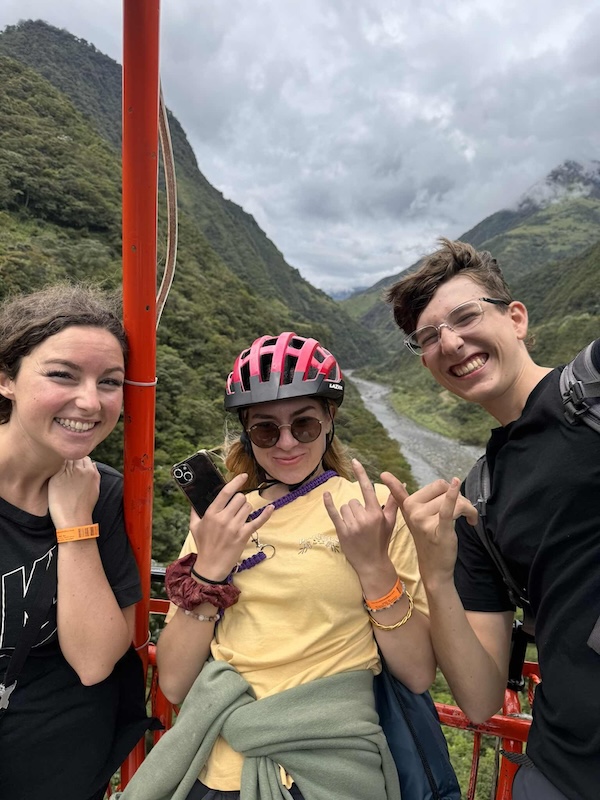

Customize
Your Client's Experience


Safety
Ecuador is generally safe, but like any popular destination, be aware of pickpockets, especially in larger cities. Stay sensible and alert as you would anywhere in the world. Remember, as a foreigner, you may stand out, so keep a close eye on your belongings. Avoid wearing flashy jewelry or displaying expensive items like cameras, laptops, or smartphones. Stick to well-trodden areas and avoid venturing into unsafe neighborhoods. When traveling by bus, always keep your belongings with you and never leave them unattended. For added safety, consider using a money belt or neck pouch to keep valuables secure.
Health
No mandatory vaccinations are needed for visiting Ecuador, but it’s smart to check out the Centers for Disease Control and Prevention for any recommended vaccines and chat with your doctor (ideally 4-6 weeks before your trip) to make sure you’re all set.
If you’re heading to the highlands, watch out for altitude sickness. To ease symptoms, skip the alcohol, stick to light meals, and sip on herbal tea. A bit of sugar, like candy or chocolate, can also help. And remember, it’s best to avoid drinking tap water—stick to bottled water to stay on the safe side.
Practical Info
VISA:
Nationals of the USA and the EU don’t need a visa to enter Ecuador and will receive a 90-day tourist visa upon arrival. If you’re from another country, you might need a visa, so it’s best to check with the Ecuadorian embassy in your home country. For visa requirements, the Wikipedia page on Ecuador’s Visa Policy is a good place to start.ELECTRICITY:
Ecuador uses 120 volts for electricity, so if you’re coming from the USA, you won’t need a transformer. However, if your devices have three-prong plugs, bring an adapter as some places only have two-prong outlets. For details on plug types in Ecuador, check out “What Plug Info – Ecuador.”TIME ZONE:
Ecuador is in the Ecuador Time Zone (ECT), which is GMT-5.ATM MACHINES:
ATMs are widely available in cities and popular tourist areas throughout Ecuador, so you shouldn’t have trouble accessing cash. Just make sure to notify your bank of your travel plans to avoid any issues with your cards.Getting Around
Flying around Ecuador is a top choice for convenience and safety. For international flights, you’ll land in the Galápagos at Baltra or Santa Cruz. On the mainland, airports in Quito, Cuenca, Guayaquil, Esmeraldas, San Cristóbal, Salinas, Manta, Santa Rosa, and Tulcán handle international flights. Domestic flights are usually not cheap and best to buy them with Tim win advance.
Buses are a super common and budget-friendly way to travel around Ecuador. They connect all the major cities and longer-distance buses are usually pretty comfy. Sometimes, flying might be cheaper, so it’s worth comparing prices. City buses can be crowded and slow, with lots of stops.
Taxis are a great way to get around bigger cities like Quito. Stick to registered taxis with orange license plates and yellow bodies. Avoid unregistered taxis to reduce the risk of being overcharged or scammed.
Where do you want to go?

Empowering change through meaning volunteering in Latin America
We have an in-depth understanding of our destinations, volunteer programs, and language schools. If your organization is looking to experience Latin America authentically, while engaging in meaningful collaboration and making a positive impact, we are ready to help you achieve that.
Contact us
